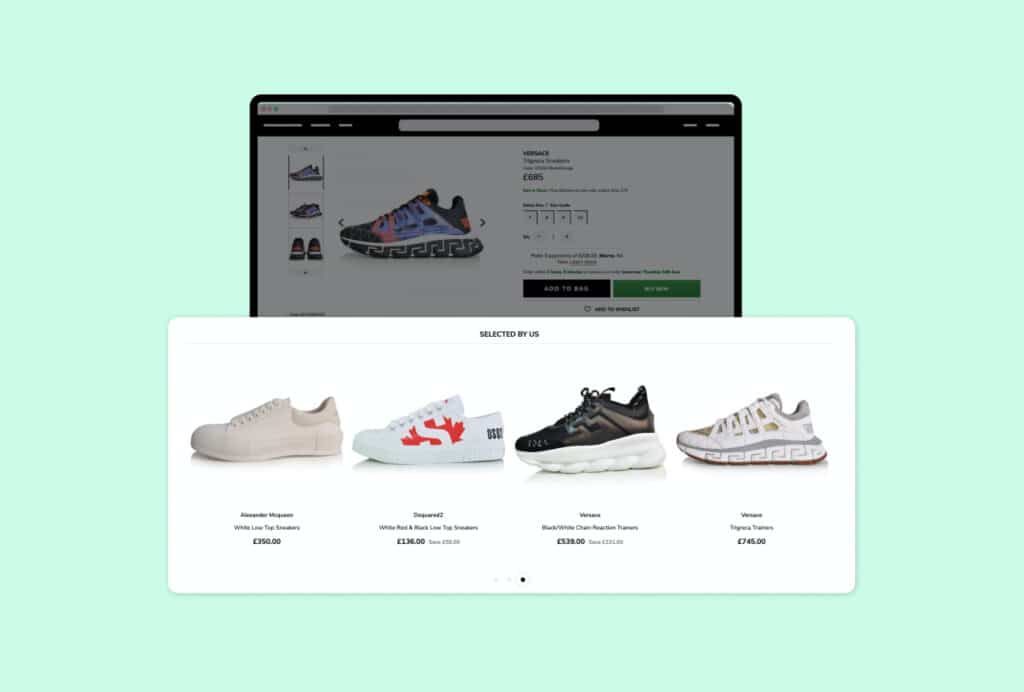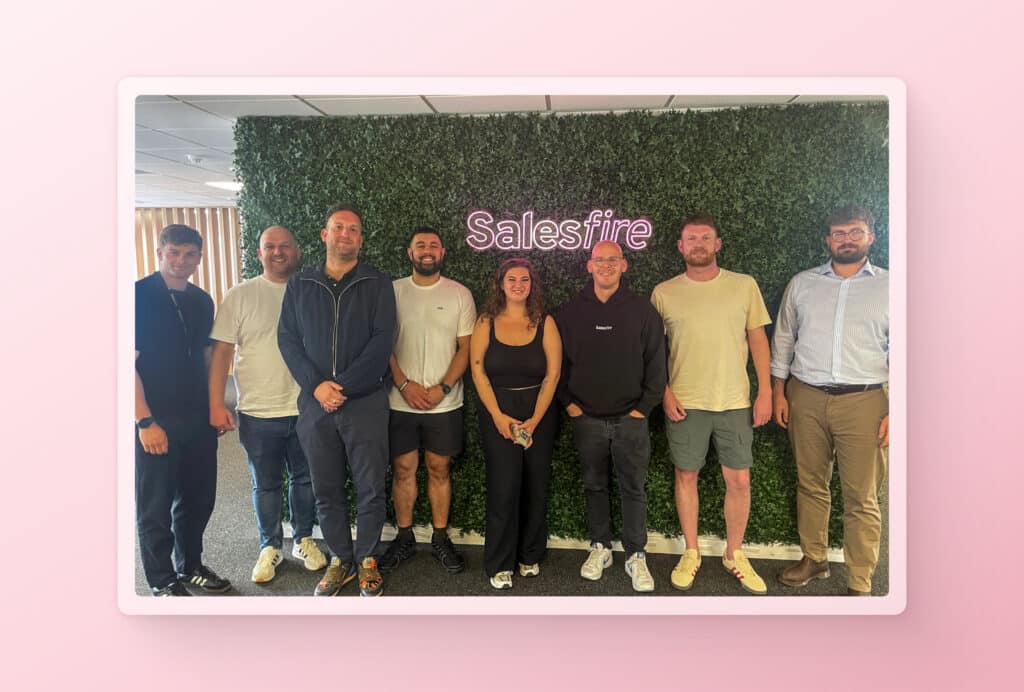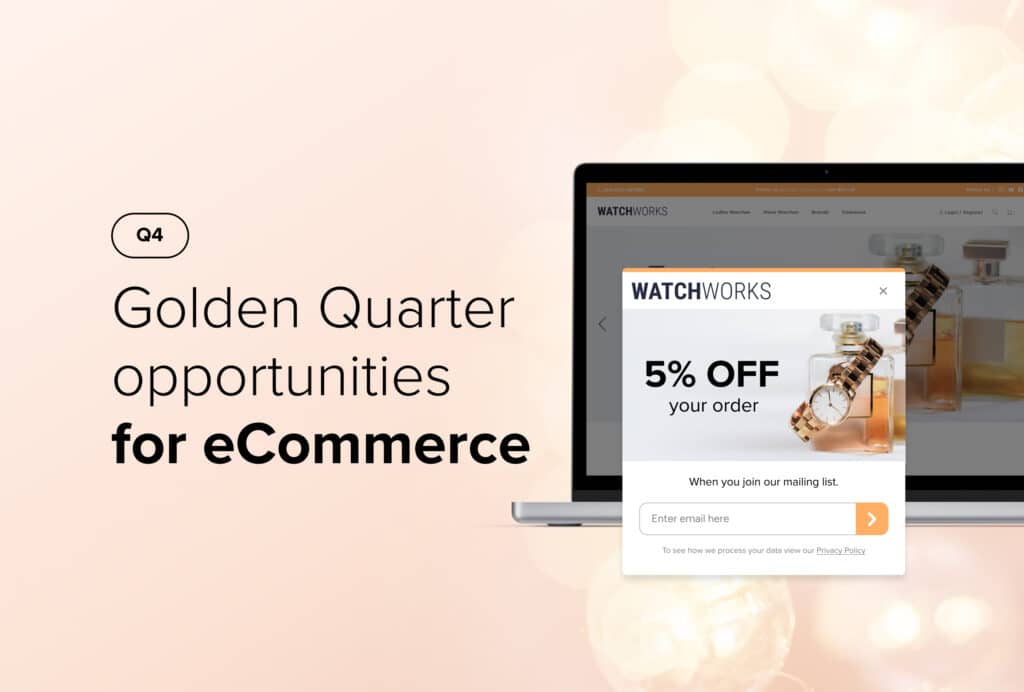6 Ways to Use Product Recommendations
By Chester Ollivier • Last updated: Wednesday Apr 24th, 2024

On average, shoppers who click on a product recommendation are 4.5 times more likely to add items to their basket and complete a purchase.
This makes product recommendations one of the most valuable tools that any eCommerce site can use.
They are an ideal way to promote relevant products to customers who are browsing your site, or as a way to upsell and cross-sell products.
Outlined below are six ways that you can utilise recommendations on your site.
Why use product recommendations?
Dynamic product recommendations are a must-have in eCommerce.
Personalised experiences are at the heart of every great online shopping experience and product recommendations can help you achieve this.
With various strategies depending on where a customer is in their buying journey, you can show dynamic bestsellers, most popular products or items related to a customer’s browsing history.
The key to recommendations is relevancy. As AI learns from the behaviour of your customers, you can show product suggestions that genuinely inspire shoppers.
This will create a shopping journey that engages shoppers, encouraging them to explore your site and products, reducing bounce rates and connecting them to their ideal purchase faster.
Customers remember seamless, intuitive online experiences, and product recommendations can help you to secure loyal customers who return time and again.
6 product recommendation strategies to boost sales
1. Showcase your bestsellers on the homepage
Starting at the very beginning, the homepage is an ideal place to promote your most popular products to first-time visitors.
You can show new users recommended products and give them an idea of what you have to offer before they begin browsing your site. This is the perfect opportunity to promote your best-selling products or those which are new to your site.
Homepage recommendations are also valuable for returning visitors, as you can personalise the experience for those returning visitors by targeting them with products that are similar to what they browsed last time they visited your site.
2. Optimise product pages
If a customer visits your site via an ad, they may have been directed straight to a dedicated landing or product page so won’t have seen your homepage or any other items.
You can increase product exposure for these visitors by adding relevant suggestions at a product page level.
This will also encourage customers to stay on your site and navigate to different pages.
You can cross-sell complementary items by showing related items using a ‘bought together’ strategy.
For instance, if a customer is looking at hiking boots, you can use product recommendations to show them related products such as a waterproof coat, hiking trousers or a tent.
You can also upsell products by showing similar items that may have a higher price tag.
Both of these strategies boost AOV by encouraging shoppers to add more items to their baskets that they may not have thought of purchasing in the first place.
3. Inspire last minute basket additions
Another way in which you can encourage last-minute purchases on your site is through basket page recommendations.
These can be used on the checkout page to further encourage purchases before the customer checks out.
By doing this, the customer is more likely to impulse buy at the last minute and encourages them to build a bigger basket.
It is essentially the same technique as a supermarket checkout offering chocolate bars at the checkout when you are paying for your groceries – they tempt you at the last stage of the checkout process as they are items that almost everyone likes and are susceptible to impulse buying.
The same can be applied on an eCommerce site in the form of basket page recommendations.
4. Reimagine the error page
Reaching an error page can often be frustrating for a customer and can cause them to leave your site.
Unfortunately for eCommerce managers, sometimes error pages are unavoidable.
Websites are always a work in progress and undoubtedly customers will come across them from time to time.
However, with error page recommendations, you can keep a customer engaged, and direct them back to another product page.
This stops customer frustration at reaching an error page and prevents their journey ending early.
Instead, it simply becomes another path for them to go down and find another product that suits their needs.
5. Deliver your best products straight to their inbox
Persuade customers to come back and complete their purchase with product recommendations delivered to their inbox.
There are various different ways in which you can include them – such as putting your bestsellers in a basket abandonment email to persuade customers to complete a purchase or add ‘new to stock’ products to an email blast.
By adding this extra personal touch, it helps the customer feel valued, appreciated and in turn creates a sense of customer loyalty.
6. Alternatives to discounting
Showcasing your top-selling products at crucial moments in the customer journey can help you retain the attention of distracted shoppers.
For instance, when a customer shows intent to exit on the checkout page, you can re-engage them with relevant product suggestions in an on-screen alert to keep them on the site as an alternative to offering them a discount code.
Additionally, you can also create a sense of FOMO through these alerts, by displaying a message such as “other customers also bought” and list a few other similarly recommended items.
Conclusions
There are lots of different ways and strategies to use product recommendations throughout the entire customer journey.
The more places you offer recommendations, the more likely customers are to stay loyal to your site and come away with a full basket.
See how Salesfire can help you optimise your product discovery experience, email one of our experts at [email protected] or book a free demo of our personalisation tools.



